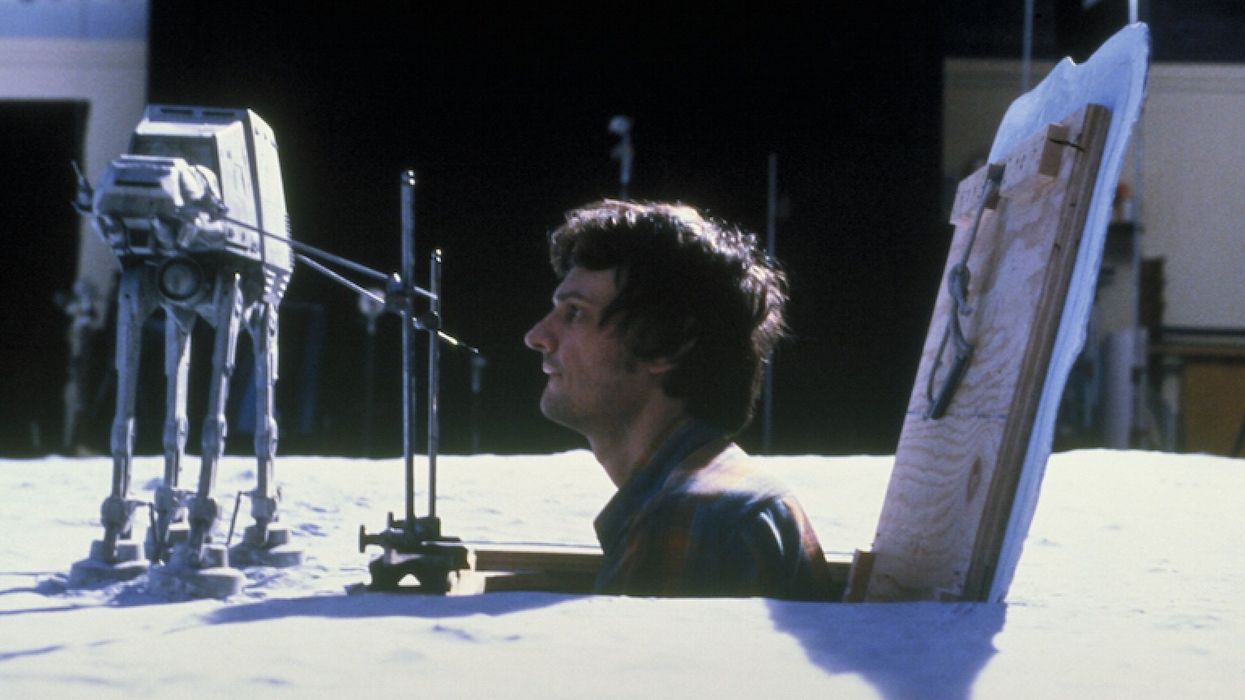How Industrial Light and Magic Used Practical Effects to Create the Impossible
Check out this behind-the-scenes look at the legendary studio's VFX work on Star Wars and Indiana Jones in the '80s.

It's hard to believe, but Star Wars Episode IV: A New Hope turned 40 this past May. In order to fully realize how long ago that was, just take a look at this episode of the long-running BBC show Horizon, which highlights the groundbreaking work of a young company called Industrial Lights and Magic. Back then, the name couldn't ring any more true: they really were creating magic.
The innovative ways in which ILM created some of these now-iconic scenes are still amazing today. The ingenuity on display here pales in comparison to modern CGI.
Take the mine chase in Indiana Jones and The Temple of Doom, for example, which was a blend of live action and miniature models. The models (and accompanying puppets) were shot frame by frame with a small handheld Nikon camera that was tricked out to include a magazine that could hold 50 feet of film. This process took a week; the result was a shot that lasts less than two seconds.


If you're interested in creating practical effects in your next film, start by studying ILM. These guys were truly masters of their craft.











